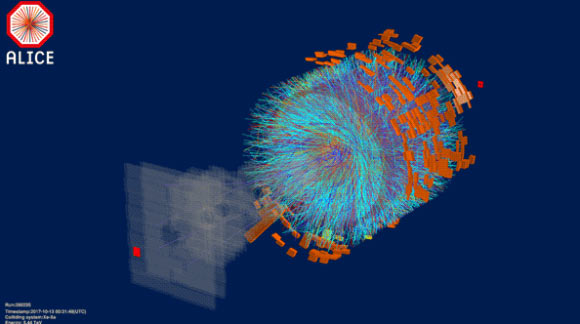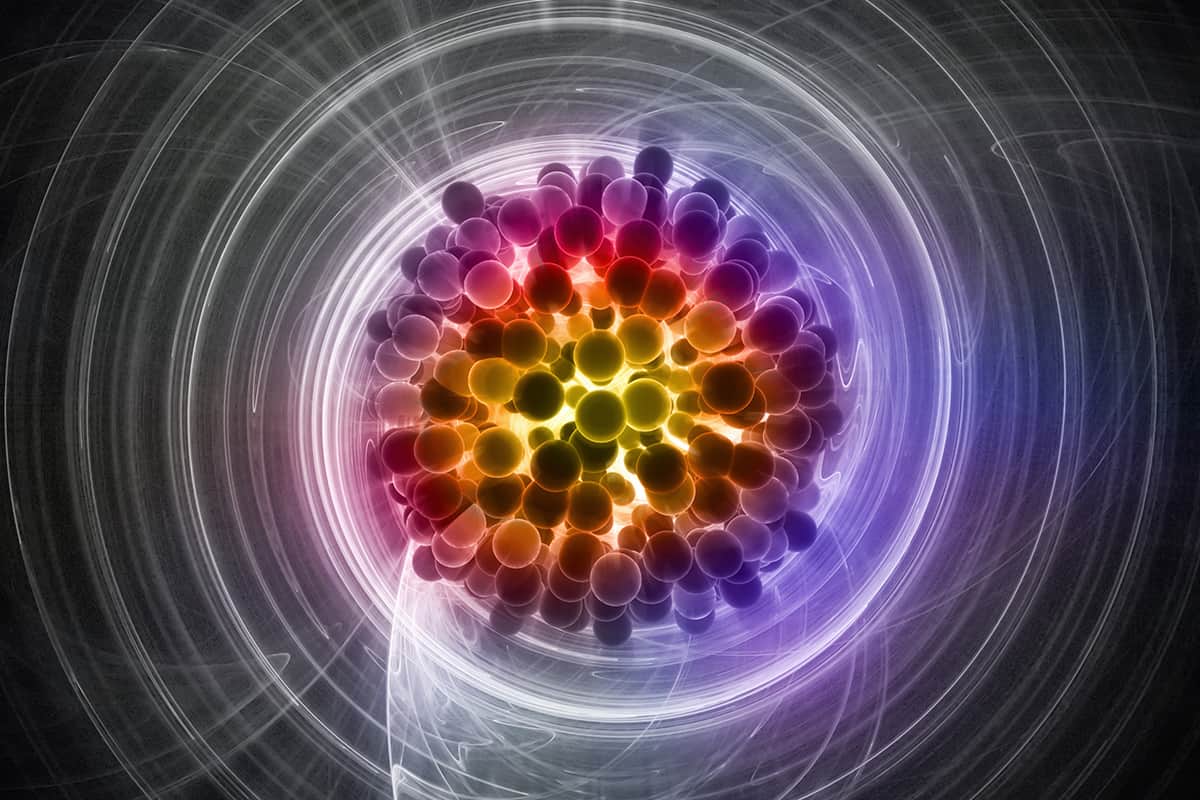

The centrality range of the NA57 experiment extends down to a limit of about 50 wounded nucleons. nucleons which undergo at least one primary inelastic collision with another nucleon ) and on the collision energy per incoming nucleon. The aim of NA57 is to study the dependence of the strangeness enhancement on the interaction volume (measured by the number of wounded nucleons, i.e. It is predicted that the enhancement should be more pronounced for multi-strange than for singly-strange particles. For a purely hadronic system the characteristic time scale for equilibration is expected to be an order of magnitude longer. The equilibration time is estimated to be comparable with the interaction time of the high energy heavy-ion collision (a few fm/c). In the QGP scenario, such an enhancement could be created as a result of rapidly developing flavour equilibration. the enhanced abundance of strange particles in central nucleus-nucleus with respect to proton-proton and proton-nucleus interactions, has been suggested as a sensitive probe of the transition to quark-gluon plasma (QGP) phase. The study of strange particle production in ultra-relativistic nuclear collisions plays an important role in the search for deconfined quark-gluon matter. Závada, in Proceedings of the 31st International Conference on High Energy Physics Ichep 2002, 2003 1 Introduction More detailed studies may provide useful predictions of the mysterious vortex properties in high- T c superconductors, and eventually those in room-temperature superconductors.į. Along this line, several microscopic calculations of the vortex structure, based on the BdG formalism, have been carried out ( Bulgac and Yu, 2003 Chien et al., 2006 Machida and Koyama, 2005 Machida et al., 2006 Sensarma et al., 2006). In the strong-coupling limit |a| → ∞ at the resonance, called a unitarity limit, the Fermi gas exhibits universal behaviour. The most striking aspect of this experiment is that it opens up the possibility of studying vortex physics in a strongly-coupled fermion superfluid in a systematically controlled way. These measurements strongly support the existence of vortices before the expansion even on the BCS side of the resonance. In the experiment, the visibility of the vortex cores was increased by a rapid sweep of the magnetic field from the BCS to the BEC side during ballistic expansion of the TOF measurement. A crucial problem was detecting the vortex cores in the BCS limit because a sufficient density depletion at the vortex core could not be expected ( Nygaard et al., 2003). Rotation was applied to an ultra-cold gas of 6Li atoms in \F = 1/2, m F = ± 1/2), in a similar way as for conventional BECs (see Section 3.2.1), with magnetic fields covering the entire BEC-BCS crossover region. Recent topics in this rapidly growing field are presented in the comprehensive review paper ( Giorgini et al., 2007).ĭecisive evidence for fermion superfluidity was obtained from observations of long-lived vortex lattices in a strongly-interacting rotating Fermion gas ( Zwierlein et al., 2005). Therefore, we can study the crossover from a BEC of molecules to a Bardeen-Cooper-Schrieffer (BCS) superfluid of loosely-bound Cooper pairs when an external magnetic field is varied across a Feshbach resonance. For small and negative values of the scattering length a, the equation of state approaches the limit of a noninteracting Fermion gas, while for small and positive values, the system behaves as bosons of tightly bound molecules. In contrast to other Fermi systems, such as superconductors, neutron stars or the quark-gluon plasma, these gases have low densities, and their interactions can be precisely controlled over a wide range by using a Feshbach resonance technique. Quantum degenerate Fermi gases provide a remarkable opportunity to study strongly interacting fermions.

Kenichi Kasamastu, Makoto Tsubota, in Progress in Low Temperature Physics, 2009 6.6 Vortices in Fermion Condensates


 0 kommentar(er)
0 kommentar(er)
